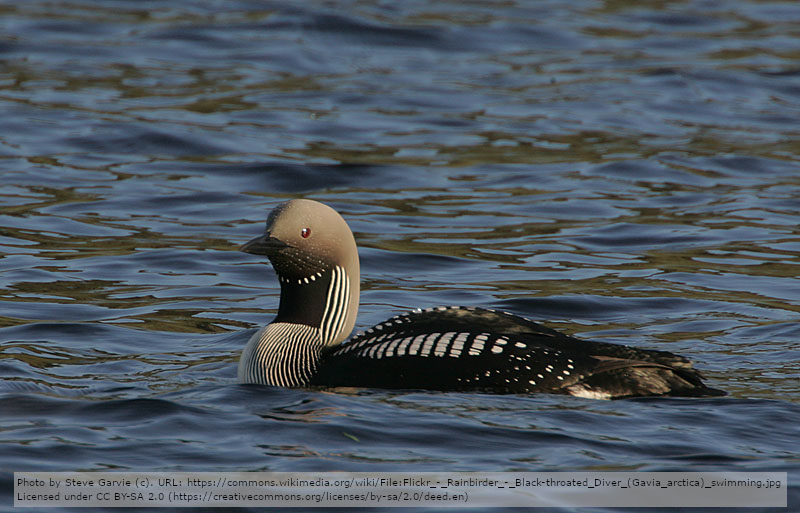The breeding success of Black-throated Diver Gavia arctica in southwestern Sweden, 1982—1992
DOI:
https://doi.org/10.34080/os.v5.23009Keywords:
breeding biology, brood size, population studies, predator-prey interaction, pollution, anthropological effectsAbstract
The breeding success of Black-throated Diver Gavia arctica was surveyed in 65 freshwater lakes in southwestern Sweden during 1982—1992. The production of young, measured as the mean number of well-grown (half-grown to fledged) chicks per stationary pair, as well as the percentage of stationary pairs producing well-grown young, decreased significantly over the study period. Only in one third of the lakes investigated, the production of young exceeded the estimated minimum level assessed as necessary for the maintenance of a stable population size. A lowered percentage of pairs which initiate breeding, in combination with a decreased proportion of successful pairs producing two well-grown young, indicate a general decline in the physical condition of the birds. Two alternative explanations, reduced abundance of prey or increased exposure to high levels of mercury in acidified lakes, are discussed.
Downloads

Downloads
Published
How to Cite
Issue
Section
License
The copyright of each contribution belongs to the author(s), but all contributions are published under a Creative Commons license, so that anyone is free to share and reuse the contribution as long as the copyright holder is attributed.







